
AeroGenie — ваш интеллектуальный второй пилот.
В тренде
Categories
Predictive Maintenance and Its Impact on Aerospace and Defense
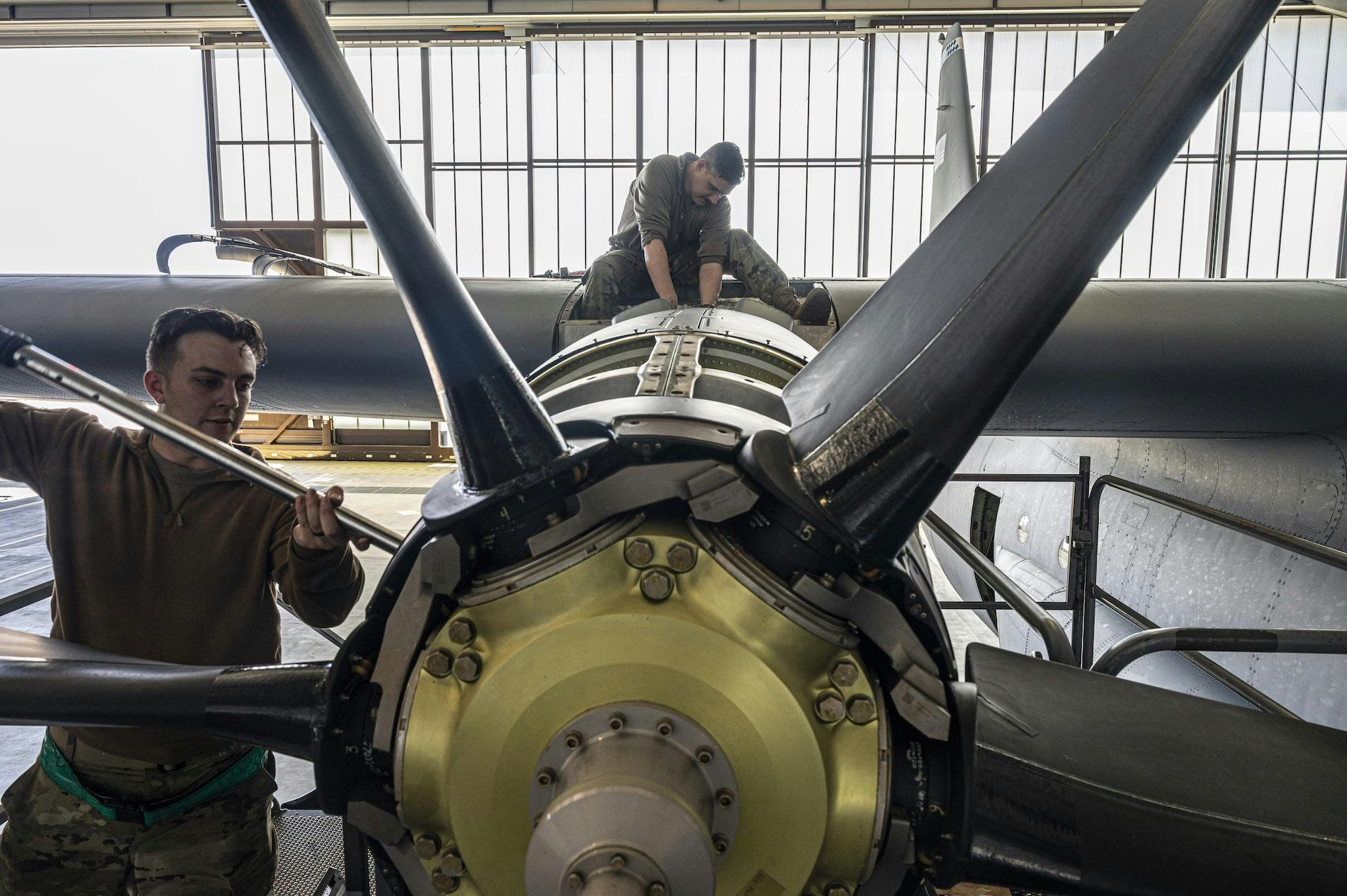
Predictive Maintenance and Its Growing Role in Aerospace and Defense
Advancements in sensor technology, artificial intelligence, and cloud computing are transforming predictive maintenance from a capability exclusive to large aerospace and defense corporations into an accessible tool for smaller, middle-market suppliers. According to industry experts Bruce Andrews and Joseph Lakaj of Alderman and Company, the declining costs of sensors, widespread availability of cloud-based platforms, and integration of AI analytics have collectively lowered barriers to entry, enabling a broader range of companies to adopt predictive maintenance strategies.
Addressing Industry Pressures Through Technology
The aerospace and defense sectors face increasing demands from customers to enhance reliability, manage tighter profit margins, and overcome persistent supply chain disruptions. Predictive maintenance emerges as a strategic response to these challenges by optimizing equipment lifecycles, reducing unplanned downtime, and improving operational efficiency. At its core, predictive maintenance seeks to identify the optimal timing for component replacement—balancing safety considerations with cost efficiency—thereby avoiding premature replacements and minimizing the risk of unexpected failures.
Despite its promise, implementing predictive maintenance at the aircraft level has encountered significant obstacles, primarily due to limited data availability. Airlines often hesitate to share operational data, resulting in incomplete datasets that impede the development of comprehensive predictive models for entire fleets. Furthermore, reliance on commercial vendors for technical data, as seen in complex programs like the F-35 Lightning II, complicates data integration and access.
Opportunities for Smaller Suppliers and Defense Applications
Smaller aerospace and defense suppliers, however, do not require the extensive datasets of global airlines to benefit from predictive maintenance. Depending on their specific operations, these companies can deploy a variety of technologies, such as Internet of Things (IoT) sensors on CNC machines and heat treatment equipment, or monitoring systems on testing rigs. These tools help reduce unplanned downtime and enhance equipment reliability. In aftermarket services and component lifecycle management, predictive maintenance enables suppliers to anticipate part failures, accelerate turnaround times, and differentiate their service offerings.
In defense applications, predictive maintenance data can be packaged as a value-added service for commercial primes and defense contracts, providing smaller suppliers with a competitive edge. The growing integration of advanced data analytics and AI is critical, as companies seek deeper insights and more precise maintenance scheduling to meet evolving operational demands.
Market Trends and Implementation Strategies
The market is responding to these technological shifts with increased investment in smart technologies. Companies are adopting predictive maintenance alongside Manufacturing Execution Systems (MES) to enable real-time monitoring and cycle-based maintenance scheduling, thereby maintaining competitiveness in a rapidly evolving landscape.
For organizations beginning their predictive maintenance journey, experts advise focusing on critical assets—particularly high-cost or bottleneck machinery where downtime has the greatest impact. Leveraging existing, cost-effective Industry 4.0 platforms allows companies to implement predictive maintenance without the need for bespoke solutions. The data collected can be seamlessly integrated into operational workflows to enhance efficiency, reduce scrap and rework, and improve cost control. This approach ultimately enables skilled personnel to concentrate less on reactive repairs and more on delivering differentiated products and services, strengthening the company’s position within the aerospace and defense industry.
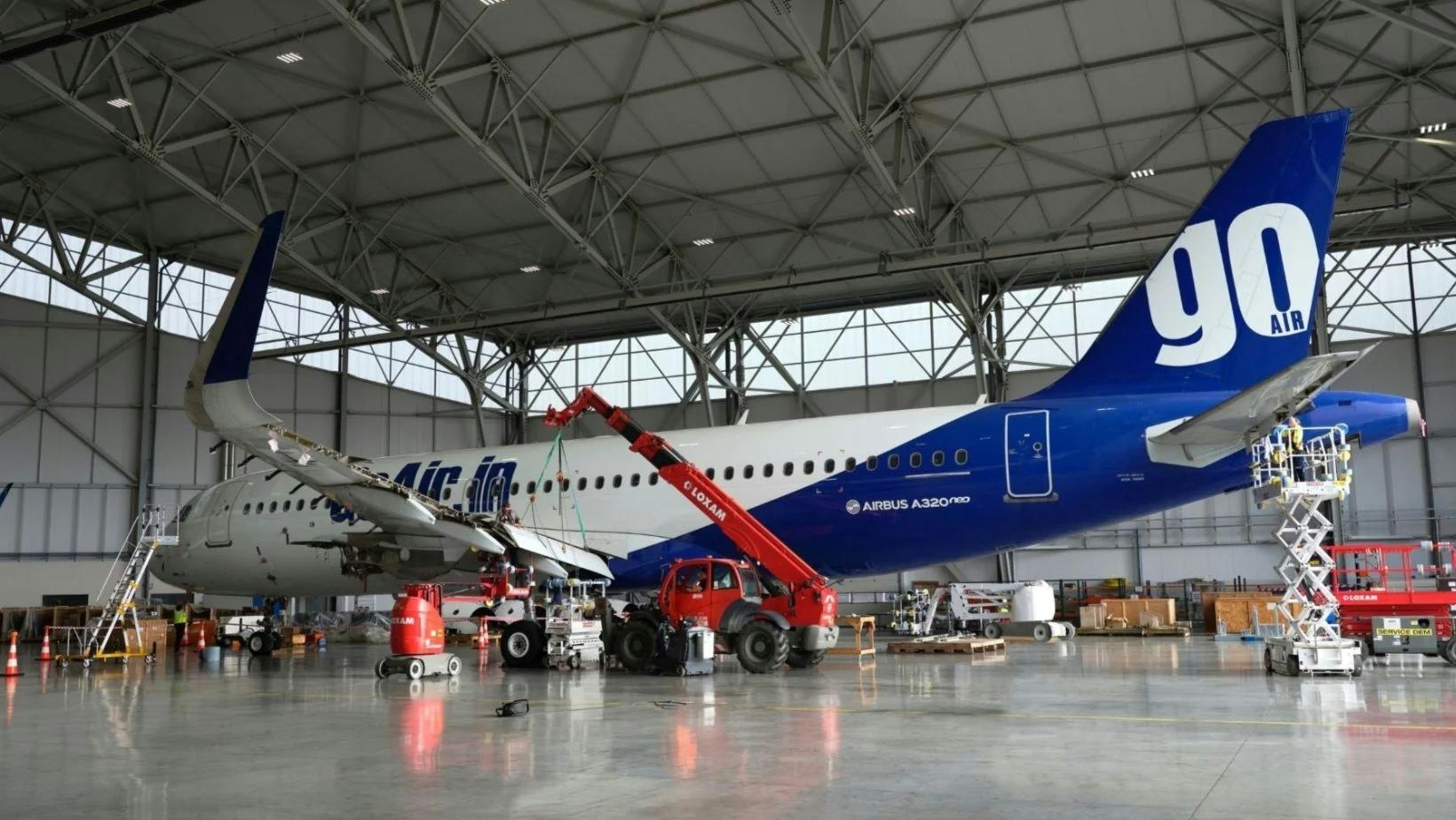
AerFin Conducts First A320neo Teardown in the Philippines
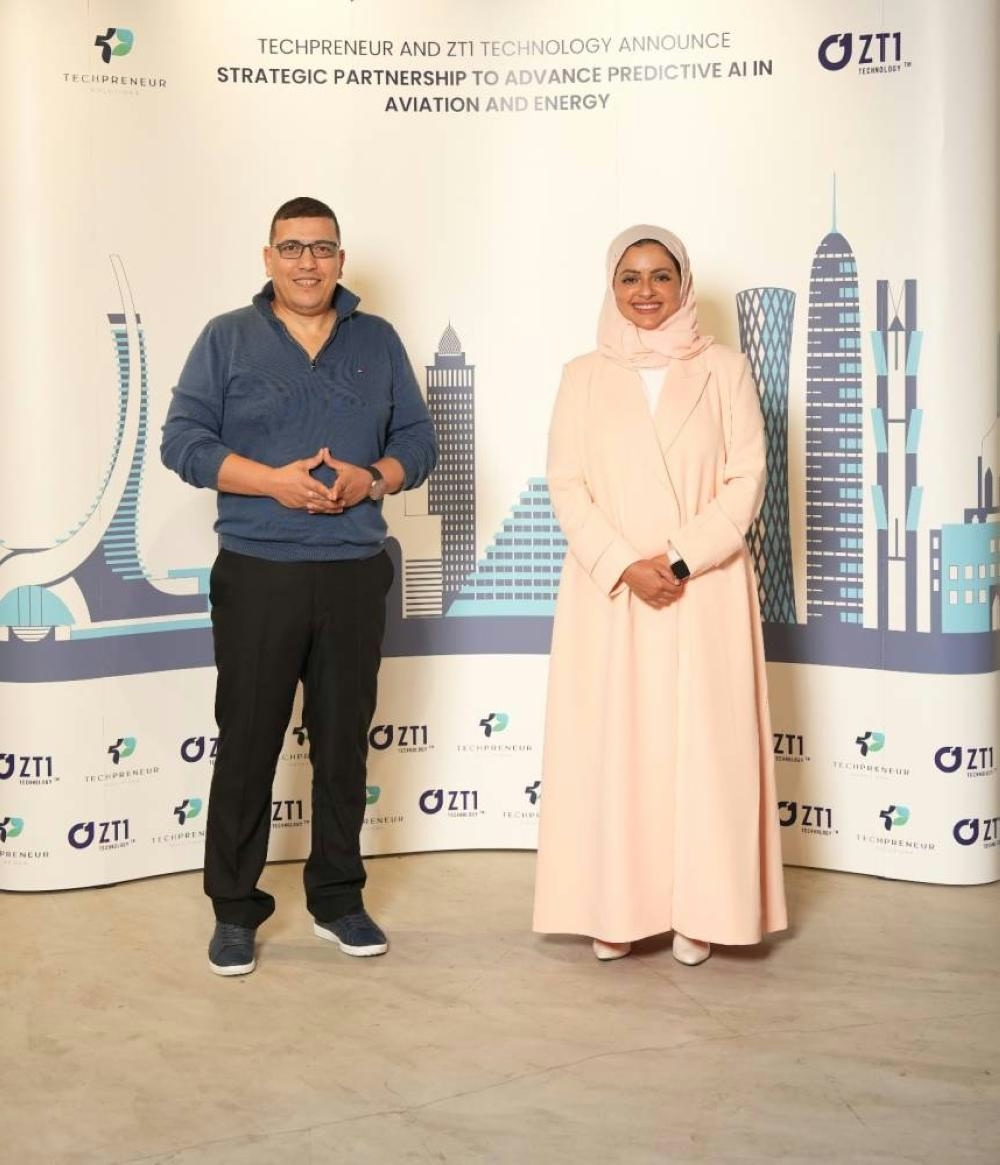
TechPreneur and ZT1 Launch AI-Optimized Electrification Platform for Aviation and Energy

Web Manuals simplifies AI adoption for business aviation
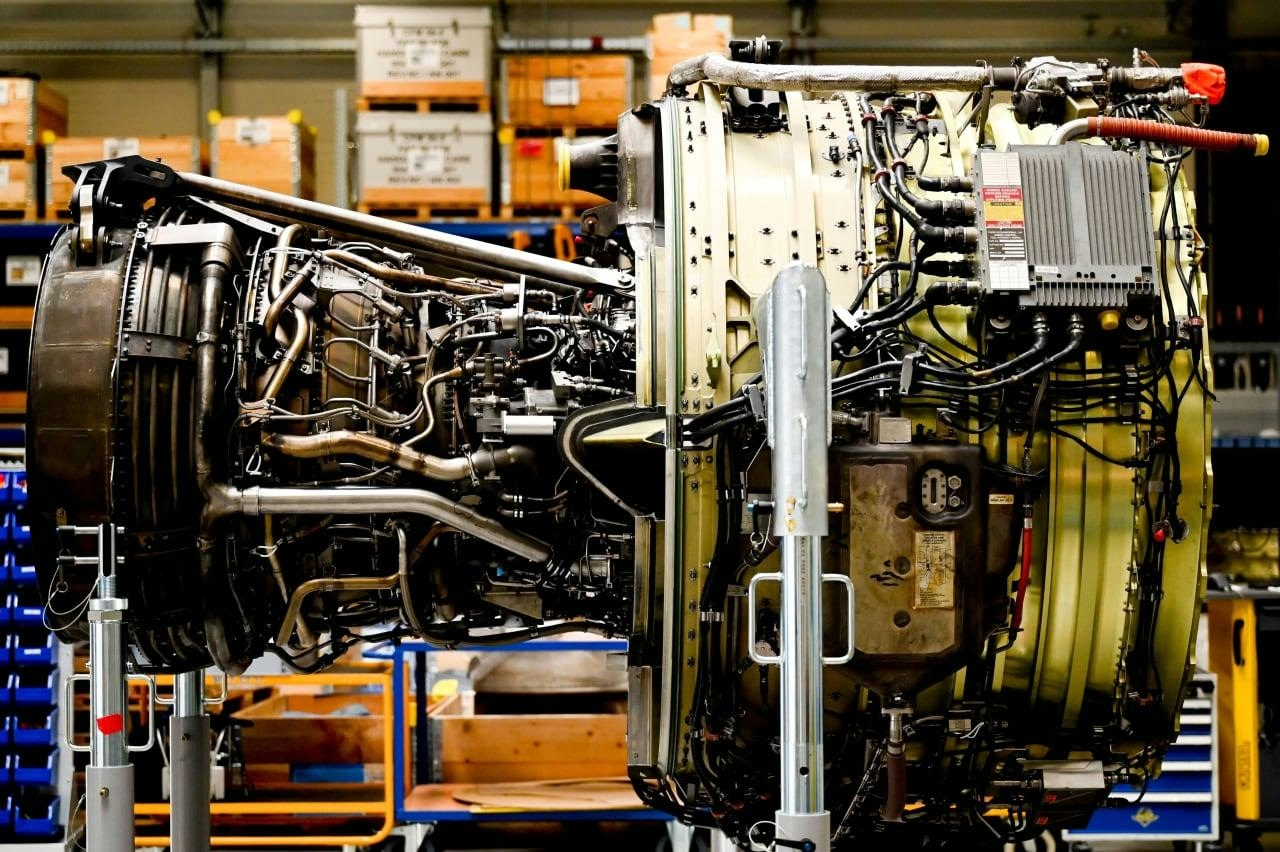
Engine Shortages Ground New Aircraft Production

Wright International partners with Fiji Airways to expand in North America

Embraer and Mahindra Partner on India’s Defense Initiatives
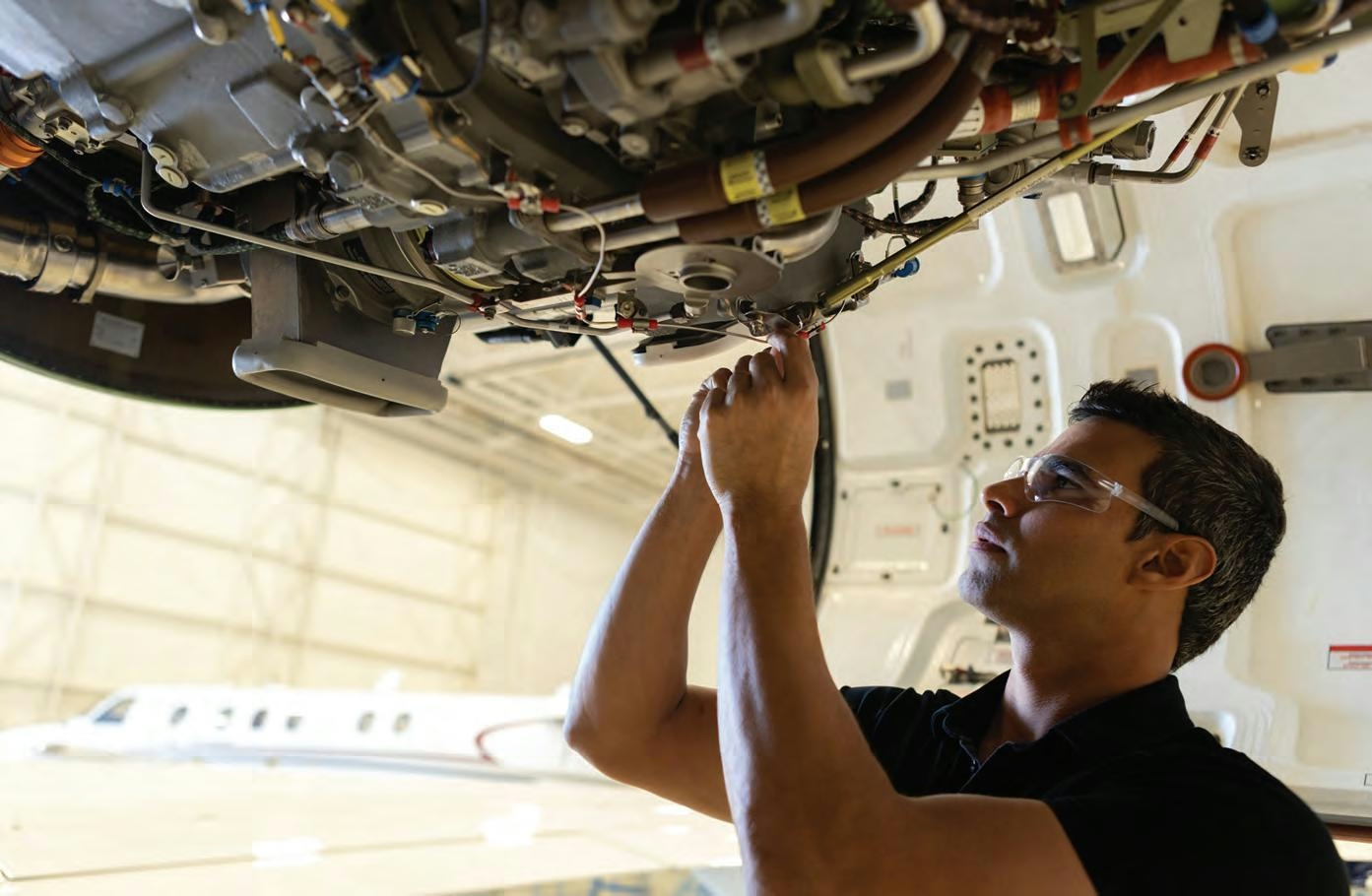
Gen Z Technician Earns Over $100,000 Repairing Plane Engines After 21 Months of Training
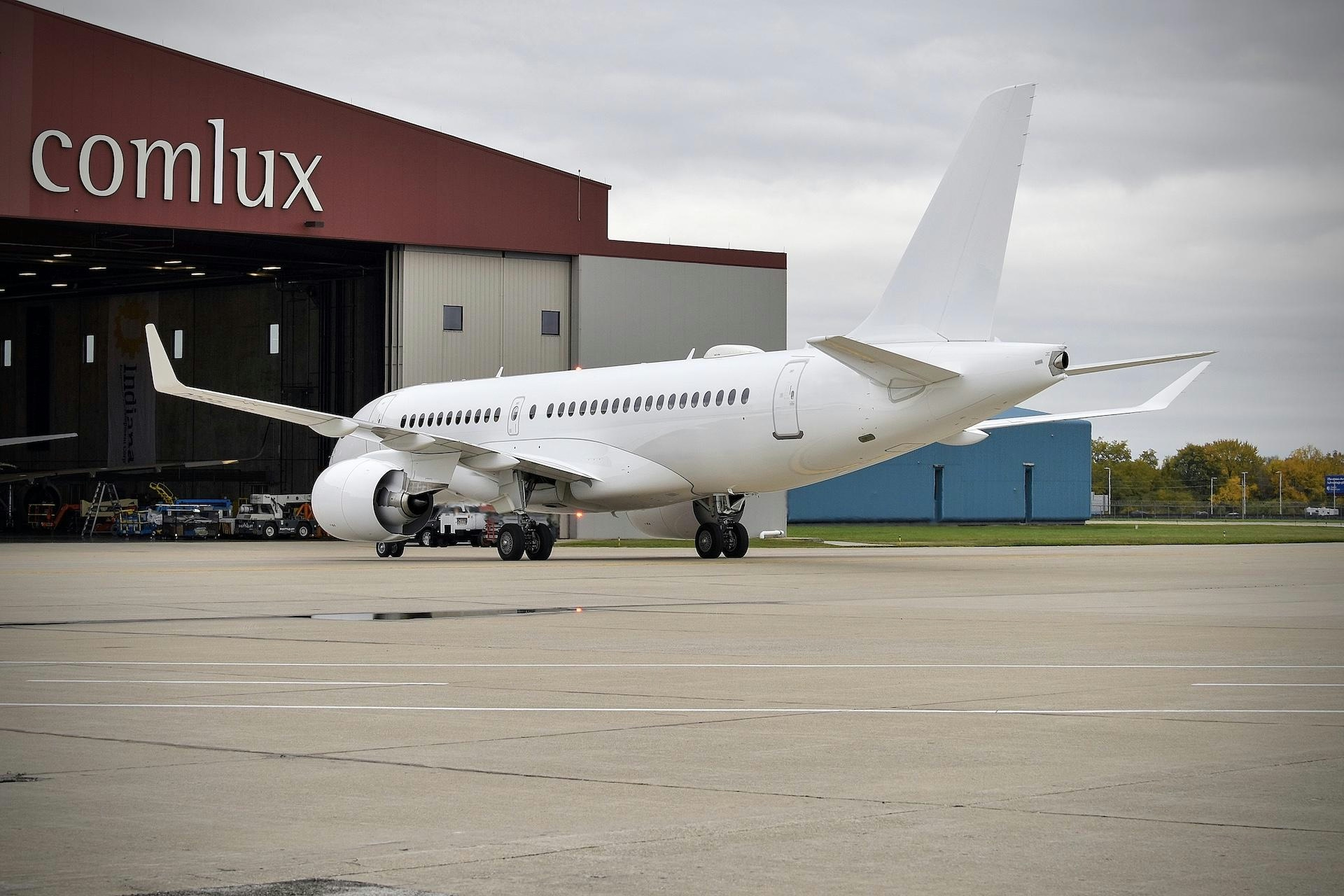
Comlux America Expands Operations Amid Record Backlog

The Aircraft Poised to Replace the Boeing 767
